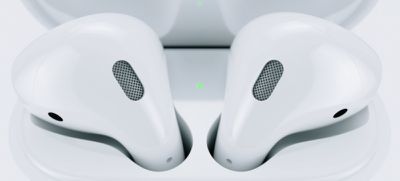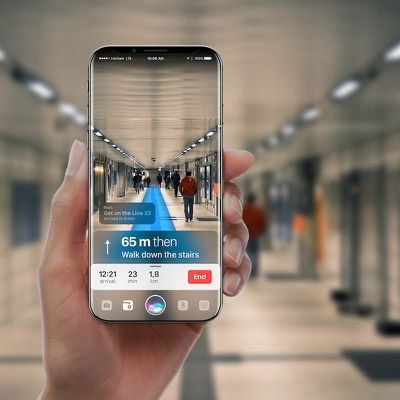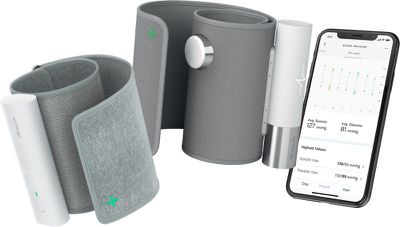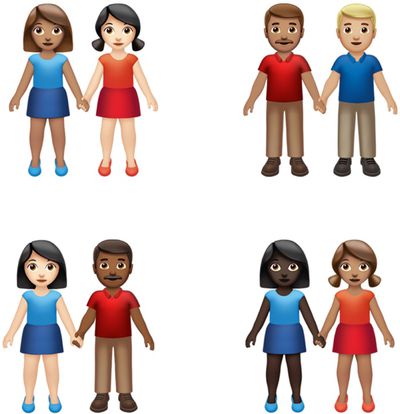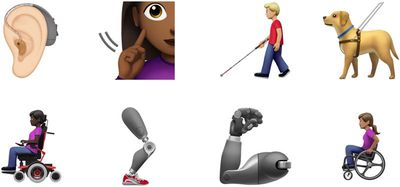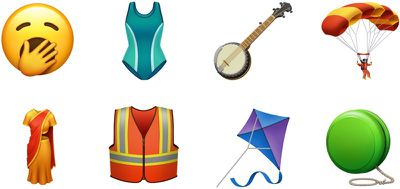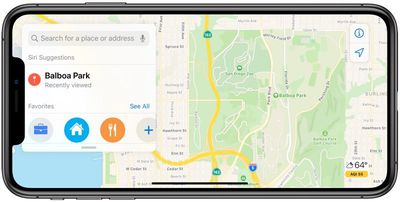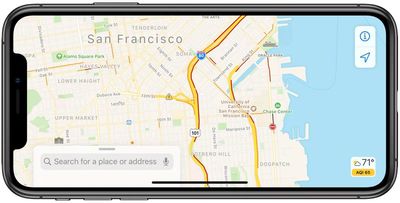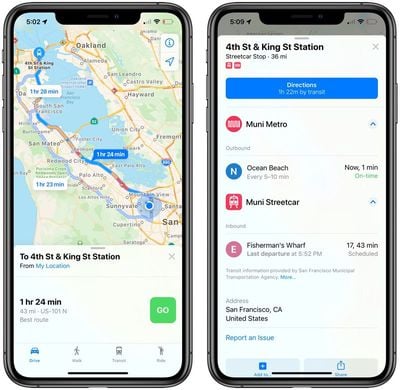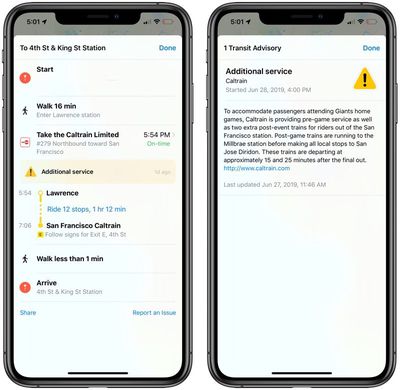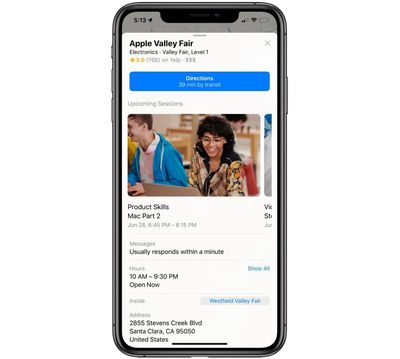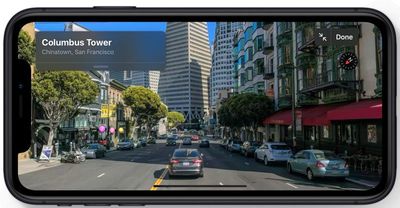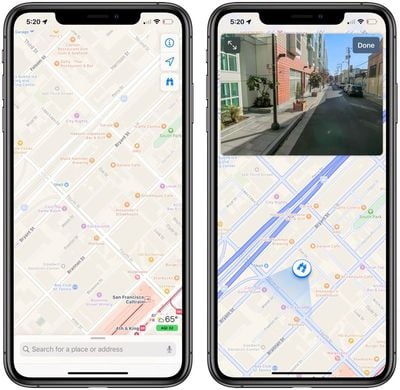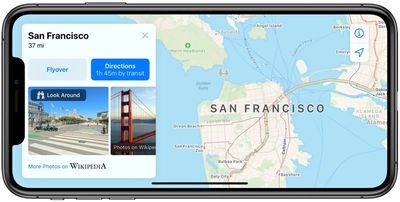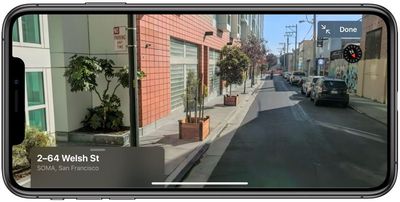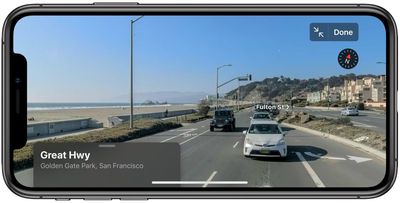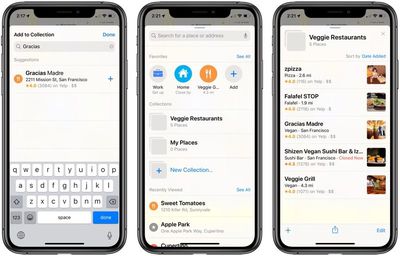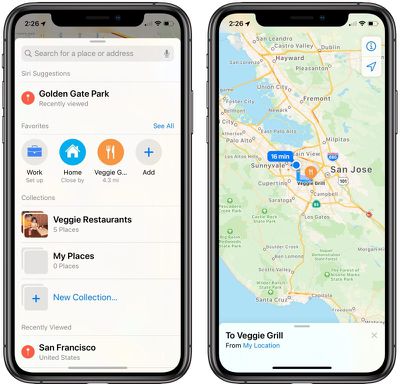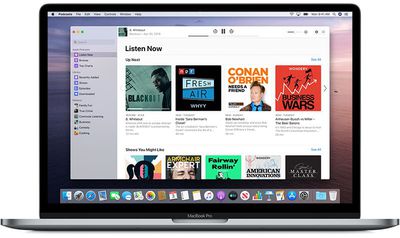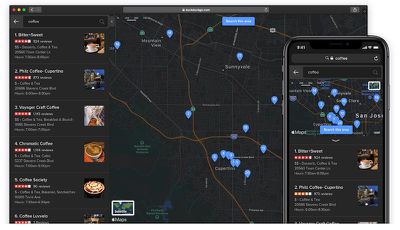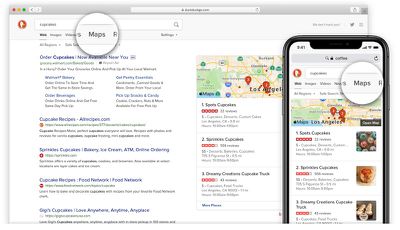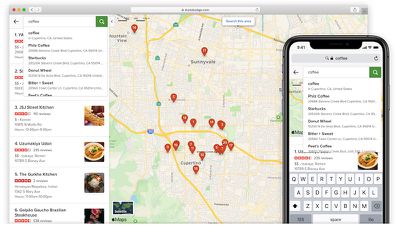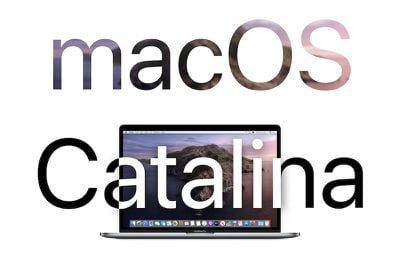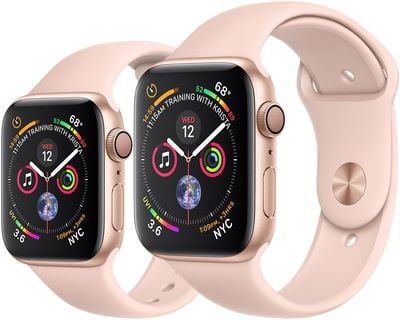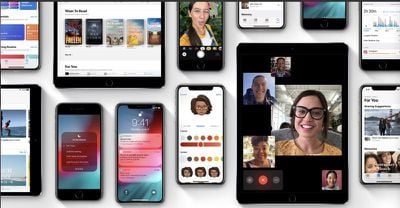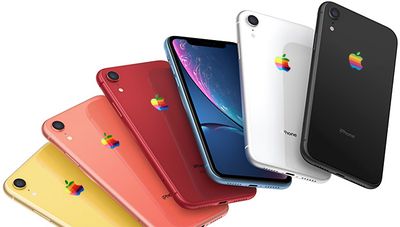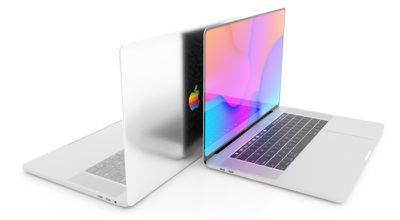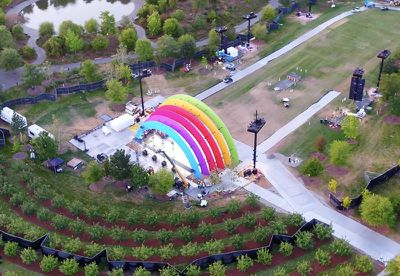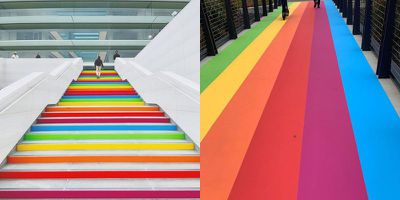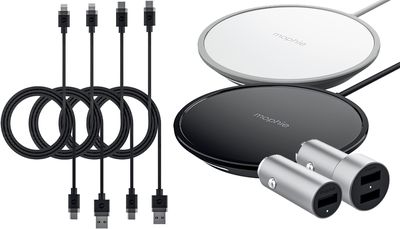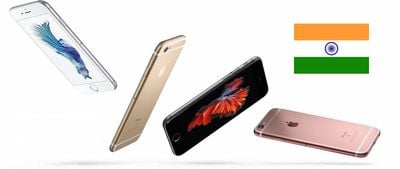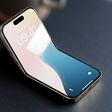Today is World Emoji Day, and in celebration of emojis, Adobe released its 2019 Emoji Trend Report, giving us some insight into the most popular emoji characters that people are using. For its report, Adobe surveyed 1,000 emoji users in the United States.
The most popular emoji was the laughing face with tears of joy (😂), while the heart (❤️) came in second and the face blowing a kiss (😘) was the third most popular emoji. Top pairings included heart eyes/face blowing a kiss (😍😘), laughing face with tears of joy/rolling on the floor laughing face (😂🤣), and face blowing a kiss/red heart (😘❤️).
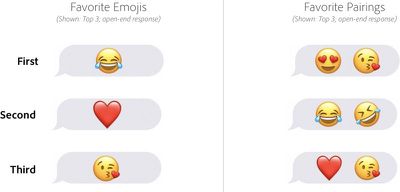
Among emoji users, 62 percent said they use emoji to make conversations more fun, while 42 percent said they use them to better communicate thoughts and feelings. 31 percent said they use emoji to feel more connected to people, 31 percent said using emojis is faster than typing words, and 30 percent said they use emojis because they paint a clearer picture than words.
Women were most likely to use the 😂, ❤️, and 😘 emojis, respectively, while men favored 😂, 😁, and 😢. 93 percent of all emoji users said emojis lighten the mood of a conversation, while 91 percent said they use emojis to show support to people.
Specific emojis are used to represent different moods, as outlined in Adobe's graphic below:
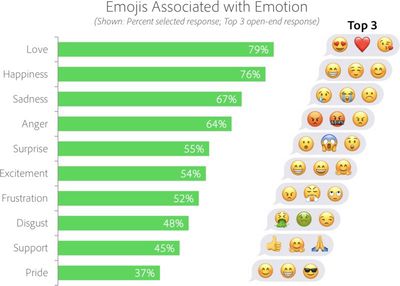
81 percent of emoji users believe that people who use emojis are friendlier and more approachable, and when asked about the benefits of emoji 94 percent cited the ability to communicate across language barriers while 94 percent cited the usefulness of emojis to instantly share thoughts and ideas.

65 percent of emoji users said they were more comfortable expressing emotions via emoji rather than a phone call, something more prevalent among younger Generation Z individuals. Emoji users are most likely to include emojis in text messages, and among social networks, emoji usage is highest on Facebook.

When it comes to emoji at work, 61 percent said that they use emojis in a work context. 78 percent said emojis positively impact likability, 63 percent said emojis impact credibility, and 74 percent said emojis make positive news more sincere.
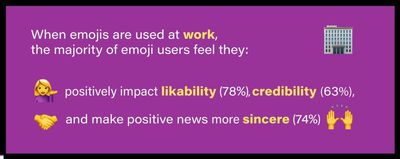
58 percent of emoji users said they're more likely to open up an email from a brand that uses emoji in the subject line, and 44 percent said that they're more likely to purchase products advertised using emojis.
76 percent of emoji users wish there were more emoji, specifically emojis representing food, drinks, and snacks. Emoji users also want more emojis related to animals and insects, emotions, and hand gestures, plus more representation/diversity.
Adobe's full emoji report, which includes additional details on how, when, and why people use emojis, can be accessed through Adobe's emoji blog.
Emojis have become an increasingly important part of the smartphone ecosystem in recent years, and Apple has embraced emoji, regularly adding new emoji characters following Unicode Consortium updates. Apple is set to add new emoji at some point in iOS 13 as earlier this year, the Unicode Consortium finalized its list of 2019 emojis.
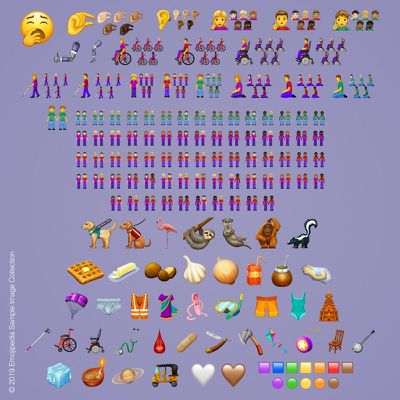
Emojis we can expect to see in 2019 include flamingo, otter, waffle, butter, sloth, white heart, people holding hands, ice cube, snorkel, ballet shoe, orangutan, juice box, falafel, juice box, skunk, and more.
Note: Because emoji do not display properly on the MacRumors forums at the current time, please view this post on the MacRumors site to see the full emoji characters mentioned.


